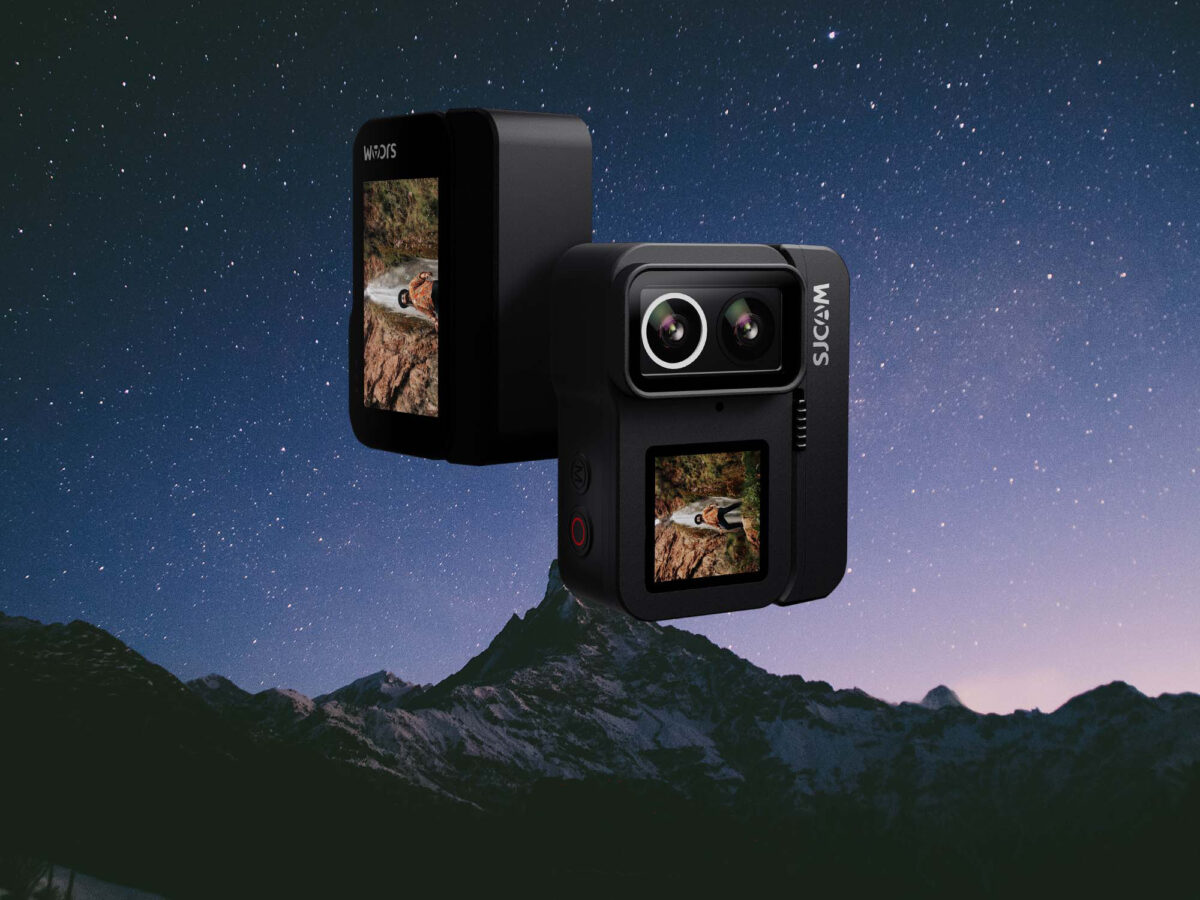How Technology Is Changing Rosacea Treatment

Technology is significantly transforming the landscape of medical care across various disciplines, with dermatology and, more specifically, the treatment of rosacea, standing at the forefront of this evolution. The chronic skin condition, characterized by flushing, redness, pimples, and, in severe cases, rhinophyma, has long presented challenges to both patients and healthcare providers due to its complex etiology and variability in symptoms. However, recent technological advancements are offering new hope and possibilities for those affected by rosacea, improving the accuracy of diagnoses, the effectiveness of treatments, and the overall quality of life for patients.Rosacea treatment in Islamabad Pakistan This comprehensive exploration delves into the various ways technology is reshaping the approach to managing this persistent skin condition.
Laser and Light Therapies: A Beam of Hope:
The refinement and innovation in laser and light therapies have been game-changers in rosacea treatment. Technologies like Pulsed Dye Lasers (PDL) and Intense Pulsed Light (IPL) treatments target the vascular abnormalities underlying rosacea symptoms, such as facial redness and visible blood vessels. These treatments work by emitting wavelengths of light that are absorbed by the oxyhemoglobin in the blood vessels, effectively reducing their appearance and the associated redness without damaging the surrounding skin. The latest advancements in these technologies have not only improved their efficacy but also reduced downtime and side effects, making them a more appealing option for patients.
Teledermatology: Bridging Gaps in Care:
The advent of teledermatology has revolutionized access to dermatological care, proving invaluable for patients with rosacea. This digital approach enables patients to consult with dermatologists via video calls or through the exchange of photos, facilitating diagnoses and the monitoring of ongoing treatments from the comfort of the patient’s home. This is particularly beneficial for those living in remote areas or with limited mobility. Moreover, the COVID-19 pandemic underscored the importance of such remote healthcare services, demonstrating that high-quality dermatological care can be delivered effectively through virtual means.
Wearable Devices: Personalized Monitoring and Management:
Wearable technology is beginning to play a crucial role in personalized healthcare, and its application in rosacea management is no exception. Devices that monitor UV exposure can alert users to apply sunscreen or seek shade, potentially preventing rosacea flare-ups triggered by sunlight. Similarly, wearables equipped with stress-monitoring features can help patients identify stress-related triggers and employ relaxation techniques to avert flare-ups, offering a proactive approach to managing the condition.
Diagnostic Tools: Enhancing Precision and Personalization:
The precision of diagnosing and assessing rosacea has been significantly enhanced by advanced diagnostic tools. High-resolution imaging and skin analysis technologies offer a detailed view of the skin’s condition, far beyond what the naked eye can see. These tools facilitate a more accurate assessment of rosacea’s severity and impact, enabling personalized treatment plans that address the specific needs and conditions of the patient’s skin. This precision medicine approach ensures that treatments are more targeted, potentially improving their effectiveness and patient outcomes.
Artificial Intelligence and Machine Learning: The Future of Diagnosis:
Artificial intelligence (AI) and machine learning are setting new frontiers in the diagnosis and treatment of rosacea. By analyzing vast datasets of skin images, AI algorithms can assist in differentiating rosacea from other skin conditions with similar symptoms, streamlining the diagnostic process. Furthermore, as these technologies learn and improve over time, they hold the promise of becoming even more accurate, potentially offering real-time diagnostic tools to dermatologists and even primary care providers. This could lead to quicker, more accurate diagnoses and earlier initiation of treatment, crucial factors in managing rosacea effectively.
The Development of Topical and Oral Treatments: A Technological Perspective:
While not directly a form of technology, the development of new medications for rosacea benefits from technological advancements in pharmaceutical research and drug delivery systems. For instance, encapsulation technologies enhance the effectiveness of topical agents by improving their ability to penetrate the skin and reach the targeted areas, while minimizing irritation. Similarly, the development of new oral medications leverages advancements in understanding the molecular mechanisms of rosacea, offering more targeted and potentially more effective treatments.
The Horizon of Rosacea Treatment: Looking Ahead:
The trajectory of technology in rosacea treatment points toward an era of increased personalization, effectiveness, and patient comfort. Future directions may include the integration of genetic testing into treatment planning, offering a truly personalized medicine approach that tailors therapies to the individual’s genetic profile. Moreover, regenerative medicine and stem cell research hold the potential to develop novel treatments that could address the root causes of rosacea, offering long-term solutions rather than symptomatic relief.
In conclusion, technology is playing a pivotal role in transforming the treatment landscape for rosacea, offering brighter prospects for those affected by the condition. From advanced laser and light therapies to the possibilities opened up by AI and genetic research, these technological advancements are making treatments more effective, accessible, and personalized. As these technologies continue to evolve and become more integrated into healthcare, patients with rosacea can look forward to a future where managing their condition is less burdensome and more hopeful.









